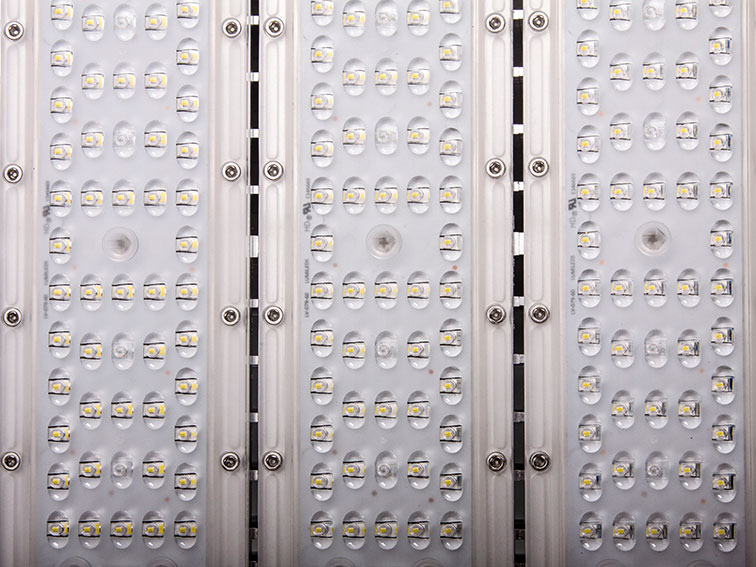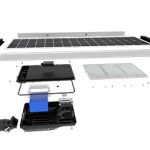Secondary Optical Design Of Solar Street Lights

For our current society that demands energy saving, environmental protection and green everything, the significance of the existence of solar energy is undoubtedly very great. In the application of solar street lights, in addition to solar energy itself, optical design of solar street lights standard equipment is LED light source. In terms of energy saving, Environmental protection, green and many other aspects also play an extremely important role.
However, as a light source, LED does not just emit light. It also requires some optical design to meet various lighting needs. The primary optical design that is often mentioned is usually the design during the packaging process.
optical design of solar street lights
The purpose is generally to extract as much light as possible from the LED chip to ensure the light quality of each LED light-emitting device, which determines the luminosity, luminous flux, light intensity, light intensity distribution, etc. of the solar street light.
The secondary optical design is based on the primary optical design. Only when the primary optical design is properly packaged and ensures the light quality of the LED light-emitting device can the secondary optical design be carried out. This design is performed outside of the LED.

The purpose is generally to concentrate the light emitted by the LED on the desired lighting area, so that the light energy emitted by the entire solar street light system can meet the design requirements. In this design process, the basic optical elements used include lenses, reflectors Mirrors also have refractive panels, etc.
The secondary optical design of LED light sources mainly considers light capacity, light intensity, illumination and brightness. For example, LED provides a relatively wide-angle beam (usually 115° or 120°), while solar street lights need to cover a The wide area may be a rectangular spot lighting effect. If the LED does not do any processing, it is obviously unable to meet the needs. However, through secondary optical design, the needs of specific applications can be met.
Therefore, in specific scene applications, the design of secondary optics is very necessary to tame the light energy to achieve the shape and effect that meets our needs. It can effectively improve the luminous efficiency of the LED light source; reduce the diffusion of light. Radiation, coupled with the characteristics of solar street lights themselves, ensures lighting efficiency, and irradiates light to the areas that need lighting, further improving lighting efficiency and achieving energy saving.
It can be said that secondary optical design of solar street lights seriously affects the application and promotion of LED light sources in lighting. With the development of LED itself and related technologies, the requirements for secondary optical design itself are getting higher and higher, which should be Energy-saving, environmentally friendly and green solar street lights are also of extraordinary significance.
Author

ZGSM Solar
We are a professional solar street light manufacturer with a 20-year history.






